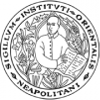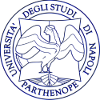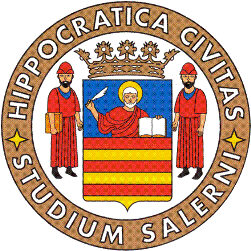Crime and Security in Naples: First Report
Keywords:
criminality, crime, security, criminal organizations, hot spot, deterrenceSynopsis
Publisher: FedOA - Federico II Open Access University Press.
Pages: 393.
Language: Italian.
NBN: http://nbn.depositolegale.it/urn:nbn:it:unina-22030
Abstract: This report on crime and security in Naples is a first contribution in a series of works that will systematically address the quantitative dimension related to the outcome of crime as well as the critical issues underlying the security questions faced by citizens who live in Naples; the causes and characteristics of victimization; the initiatives, interventions, activities that can provide answers in a coordinated manner to the questions of prevention, contrast and social rehabilitation of the deviant and criminal behaviors, by addressing critical issues concerning the programming and integration of local social services, government offices, private social institutions, and the criminal justice system.
Beside a section in which some features of the criminal phenomenon in Naples are illustrated, comparatively to other territories, in the report there are two further sections, one devoted to the seizure of illicit assets and another in which the phenomenon of extortion in Campania is analyzed.
Downloads













